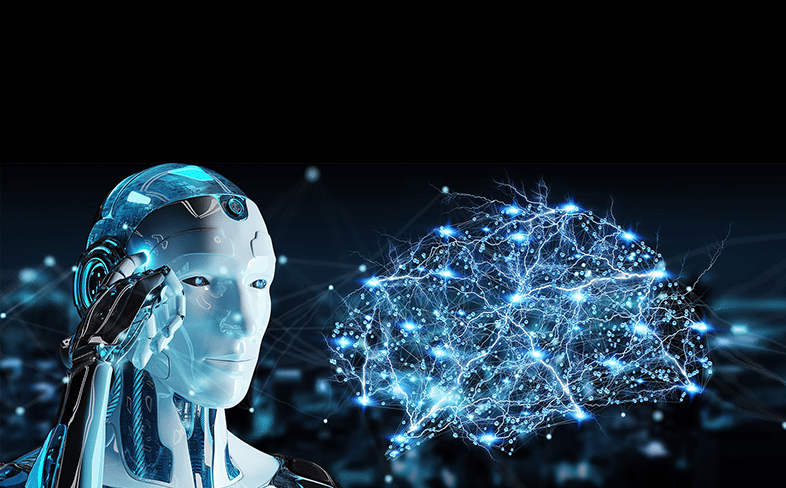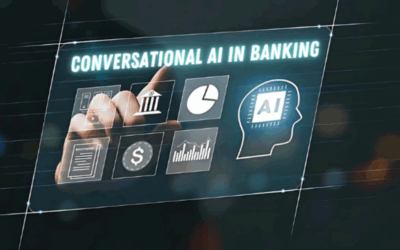Conversation AI & Deep Learning Based Control
If creating a chatbot is what you are looking for, your primary goal should be to device it in such a way that it requires minimal or no human interference. You can achieve this by two methods; firstly, your customer service team can receive suggestions from AI to improve customer service methods. Secondly, you can install a deep learning chatbot that can alone handle all of the conversations and eliminate the need for a customer service team.
Owing to this power of chatbots, the number of chatbots on Facebook messenger saw a drastic increase from 100k to 300k with a span of 1 year. Most of the popular brands like Mastercard, Visa have projected in place their own chatbots. It is witnessed that websites have started connecting chatbots with CMSs, thereby providing a rich source of relevant content.
Before you make the decision of installing chatbot for your brand, let us dig deeper into the concept of conversational AI and deep learning chatbot.
Deep Learning Chatbot
A deep learning chatbot learns everything from the beginning through the process known as deep learning. The chatbots used in this process are created using machine learning algorithms. Every understanding and learning of these chatbots comes from its data and human-to human dialogue.
These chatbots are thoroughly trained to develop its own consciousness on the text, also, you can teach it further about how it should converse with people. There is also an alternative process through which you can teach the chatbot through movie dialogue or play scripts. Nevertheless, a human-to-human conversation is basically preferred to create a deep learning chatbot. You must keep in mind that, the more data you have, the better the effectiveness of machine learning will be.
Now let’s look at how to build a deep learning chatbot from scratch:
Data Preparation
The preparation of data is the very first step of any machine learning related process. You might need thousands of different existing interactions between customers and your support staff to train your chatbot. These interactions should be captured in detail and in different variants so that there is sufficient data for your deep learning chatbot. Technically, this particular process is called the creation of an ontology. Your primary goal at this particular stage is to collect as many interactions as possible.
Reshaping Data
This particular step entirely depends on the type of your data source. In case your data is not segregated or distributed well, you might require to reshape your data into single rows of observations. These observations are called as message-response pairs that are further added to different classifiers.
Through this step, the response of one speaker is put as a conversation. All these incoming dialogues are then used as textual indicators, which helps in predicting the response. Once the accumulation of data is complete, you need to clean the reshaped data.
Pre-Processing of Data
The very next step in the process of building the chatbot is pre-processing. Basically, in this step, grammar is added to machine learning, enabling your chatbot to understand spelling errors correctly. Pre-processing of the data involves steps like tokenizing, stemming, and lemmatization of the chats. This helps in making the chats readable for the deep learning chatbot. Creating parse trees of the chats for your deep learning chatbots is the final step of pre-processing data.
Word Vectors Generation
Word vectors are needed due to frequent usage of words like LOL, BAE, and ROFL by millennials and GenZ. Although they are very common words used on various social media platforms, they are generally not part of many datasets. Pre-trained vectors can be easily used but you need to create your own word vectors in case it’s not available in the data lists. Approaching a word2vec model is required while generating your own word vectors.
Testing Deep Learning Chatbot
Testing of your deep learning chatbots live is the final step of creating one. For instance, you can head to any social media platform like Facebook page and send a message on that page and check if the chatbot starts responding to your messages or not.
You must note that the chatbot may take some time before it responds for the first time, as it may require the server to start up. While checking the performance, if the responses lack proper grammar, you might need to add more datasets to your chatbots.
Conversational AI or deep learning chatbots learn from your conversations and help you solve your customer’s queries. To improve their accuracy, your goal should be to train them as thoroughly as possible.






















